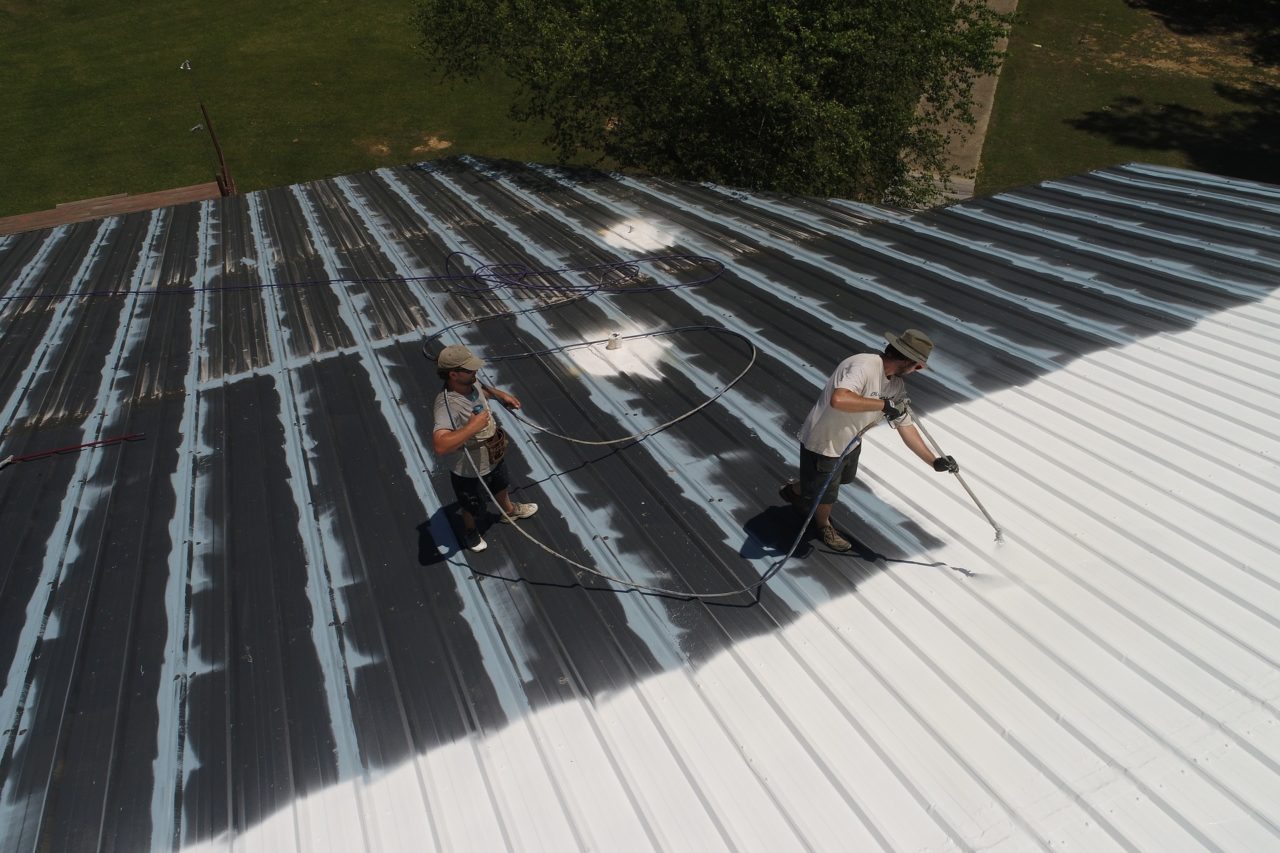Concerning preserving the stability of your home, noticing roof damage from the ground can be a important skill for every homeowner. A properly cared for roof not only boosts your home's curb appeal but also defends it from the elements. Understanding how to identify signs of wear or potential issues without ascending ladders or moving on top of your house can conserve you time and money in the end.
Staying ahead about roof maintenance is necessary. Regular inspections and awareness of common roofing problems can help you figure out when it's time for a new roof and prevent costly repairs down the line. It could be discovering about the lifespan of numerous roofing materials or knowing the right time to call in a professional, having this knowledge at your fingertips empowers you to take better care of your home.
Detecting Roof Damage while on the Ground
When try to identify roof damage while on the ground, the primary thing to look for is the condition of shingles. Check for any signs of missing, curled, or cracked shingles, since these represent common signs of wear. Storm damage roofing Nebraska compromised shingles can lead to water leaks and additional problems later. In addition, keep an eye out for any granules that might have collected in the gutters, as this can indicate the shingles are degrading.
Another indicator to watch for is the presence of any sagging or uneven areas on the roofing. Roofs should have a consistent look; irregularities could indicate structural problems that need immediate attention. Moreover, check the flashing near chimneys, vents, and skylights from afar. If you see rust, gaps, or peeling paint, this can signal these areas are not securing against water damage.
Finally, look at the cleanliness and any vegetation on the roof. Moss or significant debris buildup can trap moisture, which can lead to rot, leaking, and other issues. If trees are overhanging the roof, they can cause damage through falling branches or by shading the roof, which facilitates moss growth. Remembering these details will help you identify potential roofing issues that may warrant further professional evaluation.
Signs That You Should Consider a Replacement Roof
Identifying when you need a replacement roof may help you from possible costly repairs and additional damage to the property. One of the clearest indicators is curling or missing shingles. If one notice that your shingles are warping or have dislodged, it’s a clear indication that the roof may no longer be safely sound and may require replacement. Additionally, granular loss is a telltale sign; if you spot granules in the gutters or around your property, it means the shingles are breaking down and losing their protective layer.
Another important sign is sagging areas of the roof. If you observe any part of your roof that seems to be sagging, this could suggest a serious structural problem or water damage. A drooping roof can lead to leaks and extensive damage if not handled promptly. It is crucial to investigate the source of the sagging, which often points to underlying issues that require a complete roof replacement.
Water stains on your ceilings or walls inside your home are another alarming sign. These stains often point to leaks that can originate from a compromised roof. If these stains are visible, it’s important to determine the extent of the harm. Regular inspections can assist you catch these signs early, ensuring one can take action before the problem escalates. If one notice any of these indicators, it’s wise to consult with a qualified roofing contractor to assess the roof's condition.
Roof Maintenance and Fix Advice
Frequent checks are crucial to maintaining the condition of your rooftop. Property owners should conduct visual inspections at least twice a year, preferably in autumn and fall. Look for missing, damaged, or detached tiles, as well as indications of wear and tear around vents and chimneys. Be mindful to any discolorations or sagging areas which can indicate leaks or structural issues. Identifying Storm damage roofing Nebraska can prevent on costly fixes down the road.
When it comes to repairs, some issues might be manageable as do-it-yourself projects. Minor leaks can often be fixed with sealant or patches. However, for larger issues or complicated problems, such as structural damage or major water damage, it's advisable to hire a qualified roofing contractor. They have the knowledge to assess the situation properly and ensure that repairs are executed safely and effectively.

To extend the life of your rooftop, consistent care is essential. This includes cleaning gutters and drainpipes to prevent water buildup and ensuring adequate roof space airflow to reduce warmth and moisture. Additionally, trimming overhanging limbs can help prevent damage from falling limbs. Spending time in these maintenance tasks will help prevent major fixes and extend the duration of your roof.
